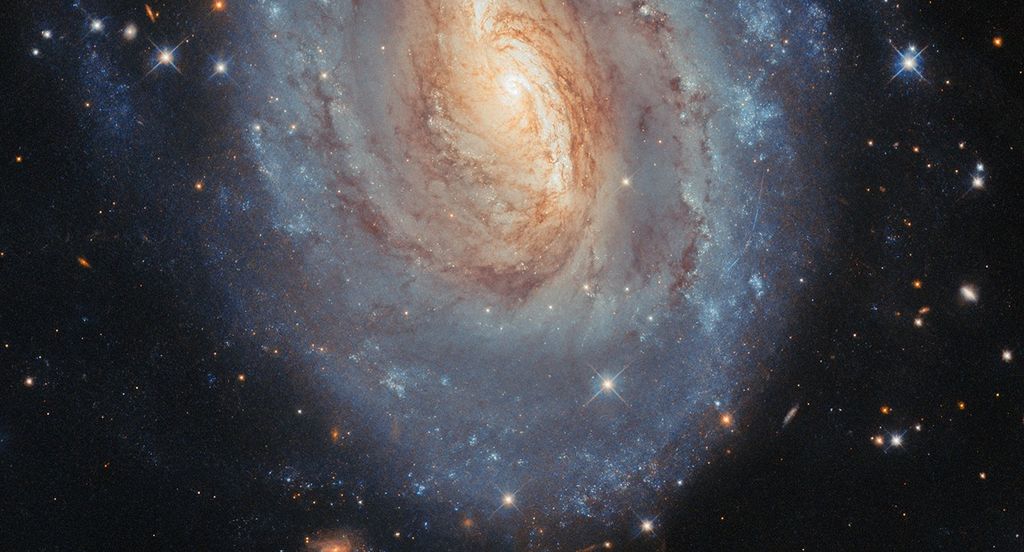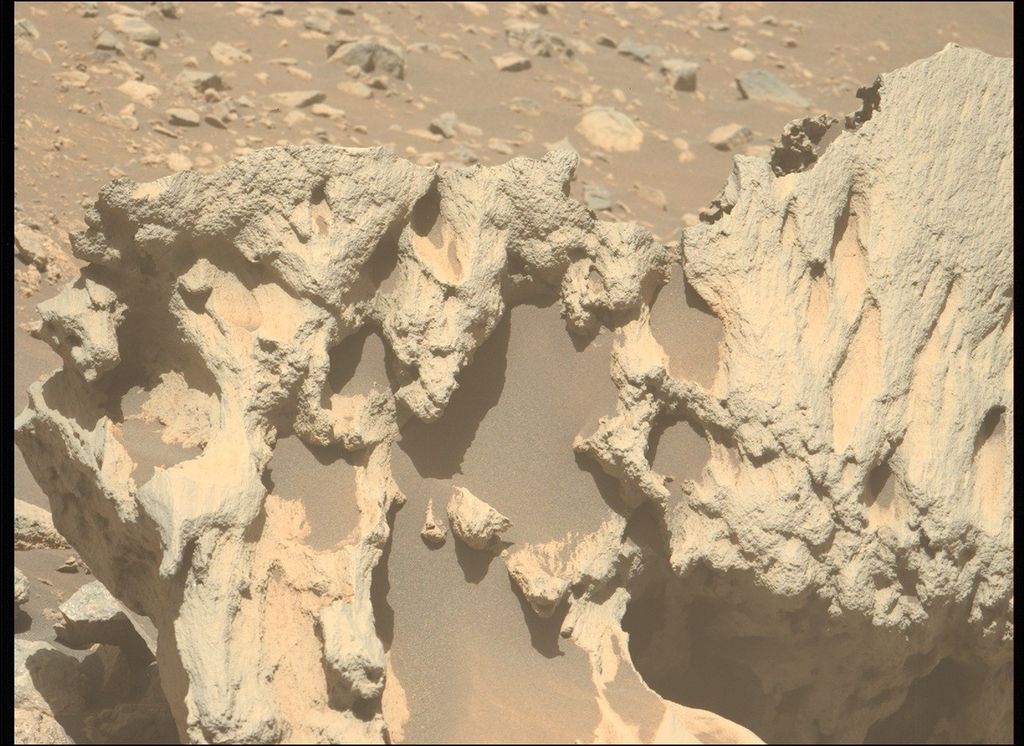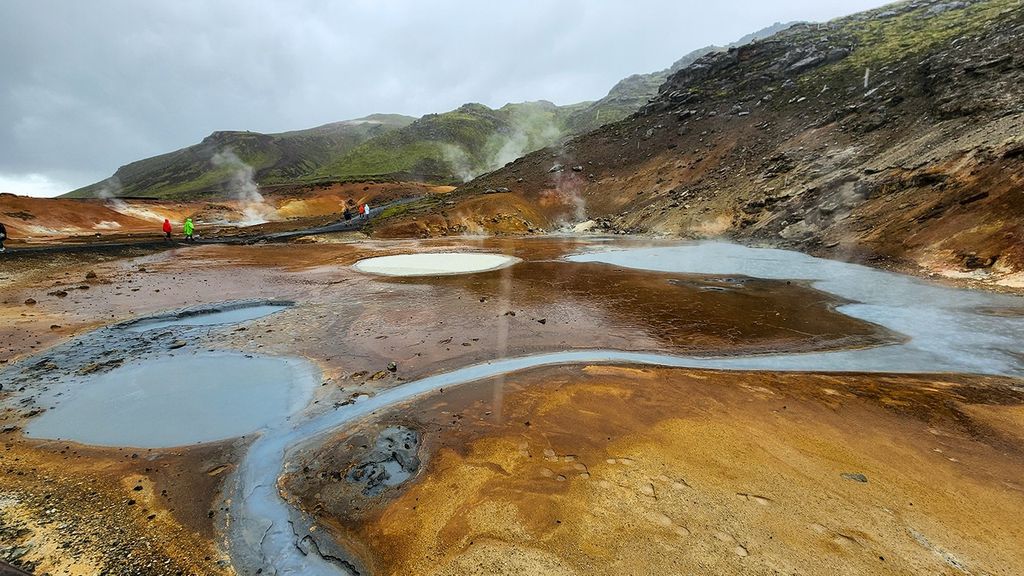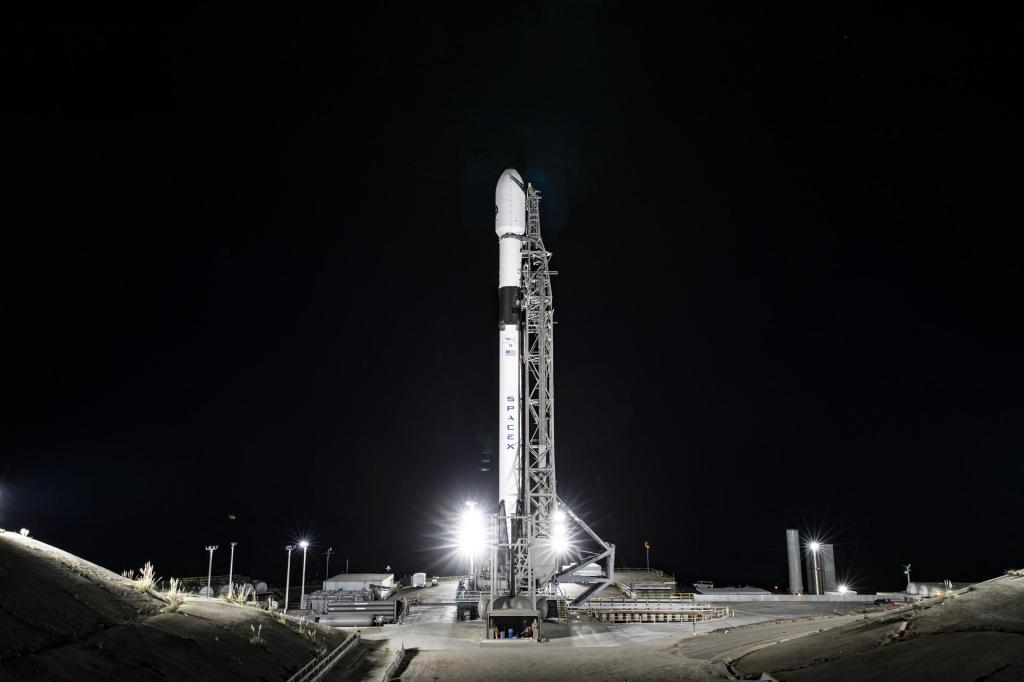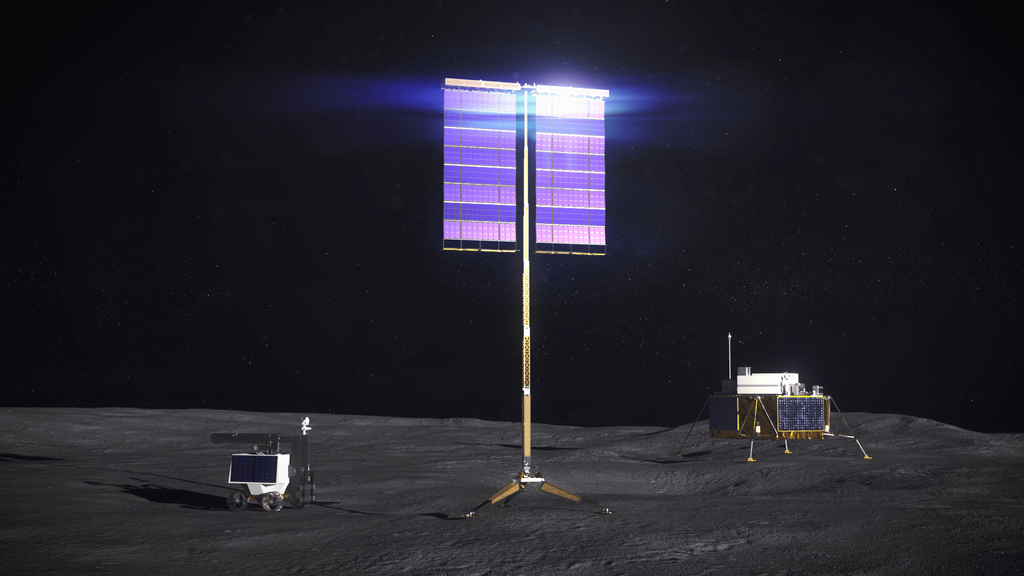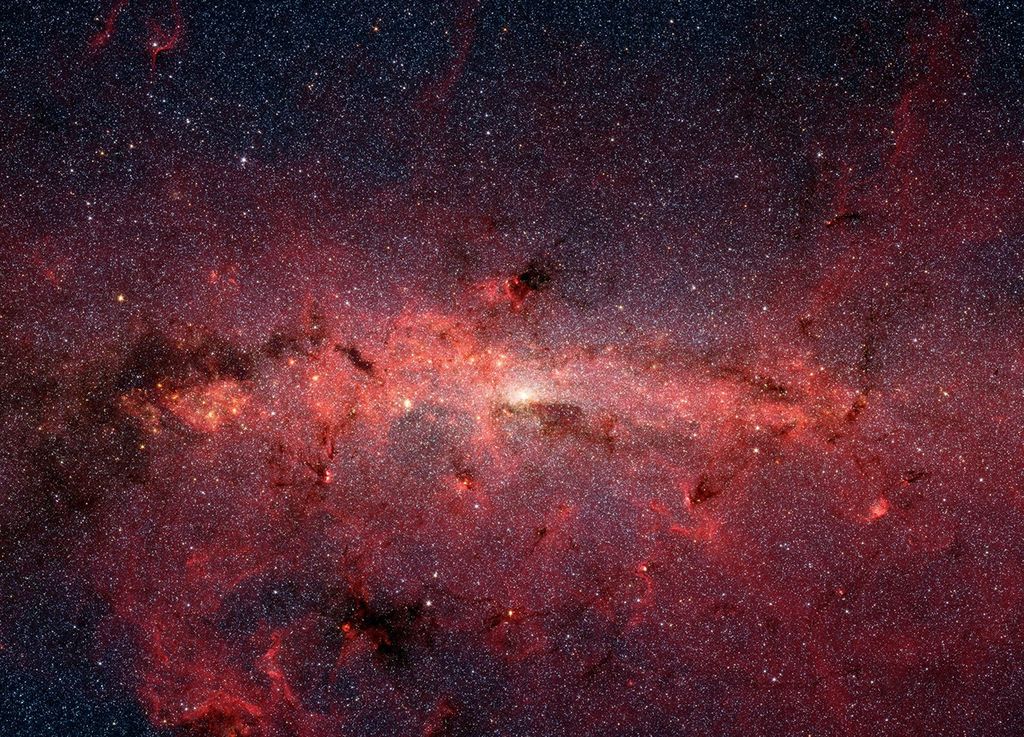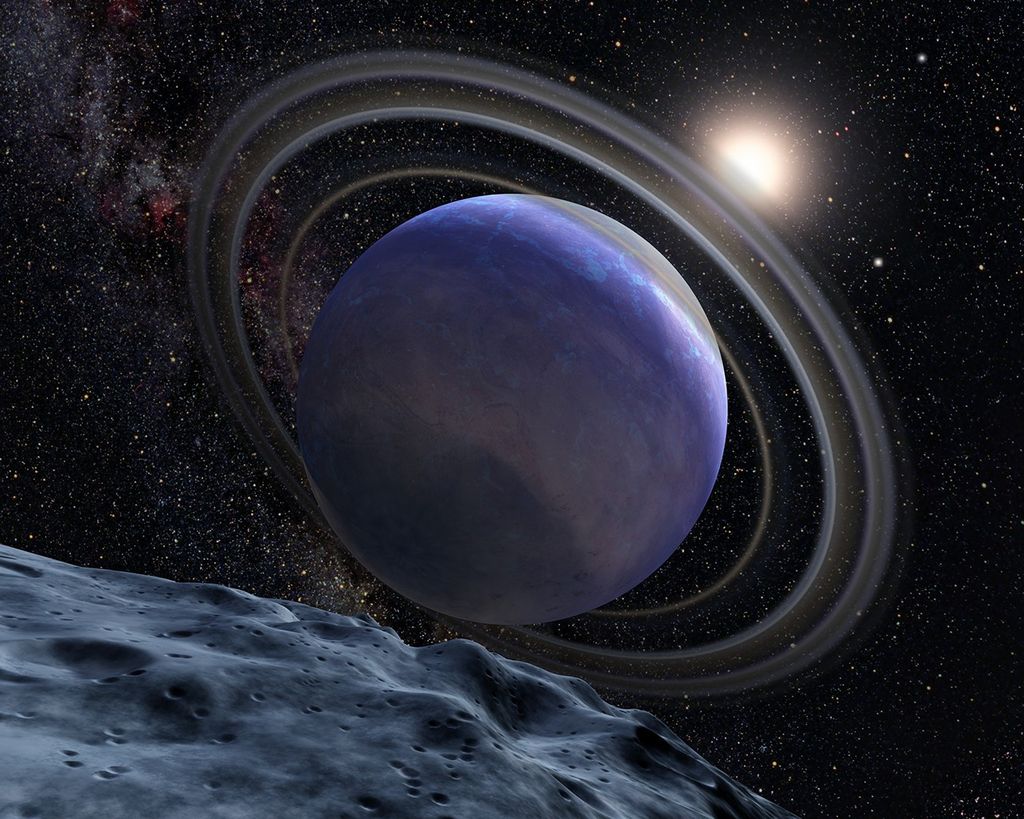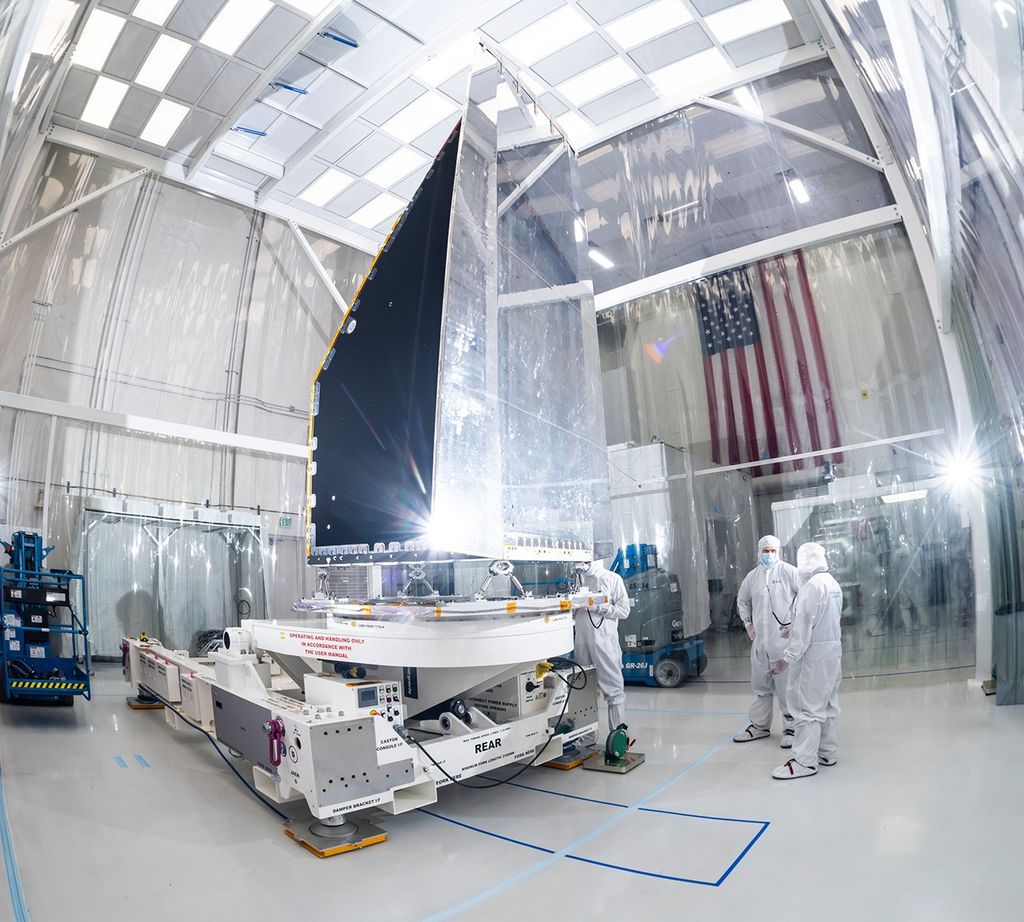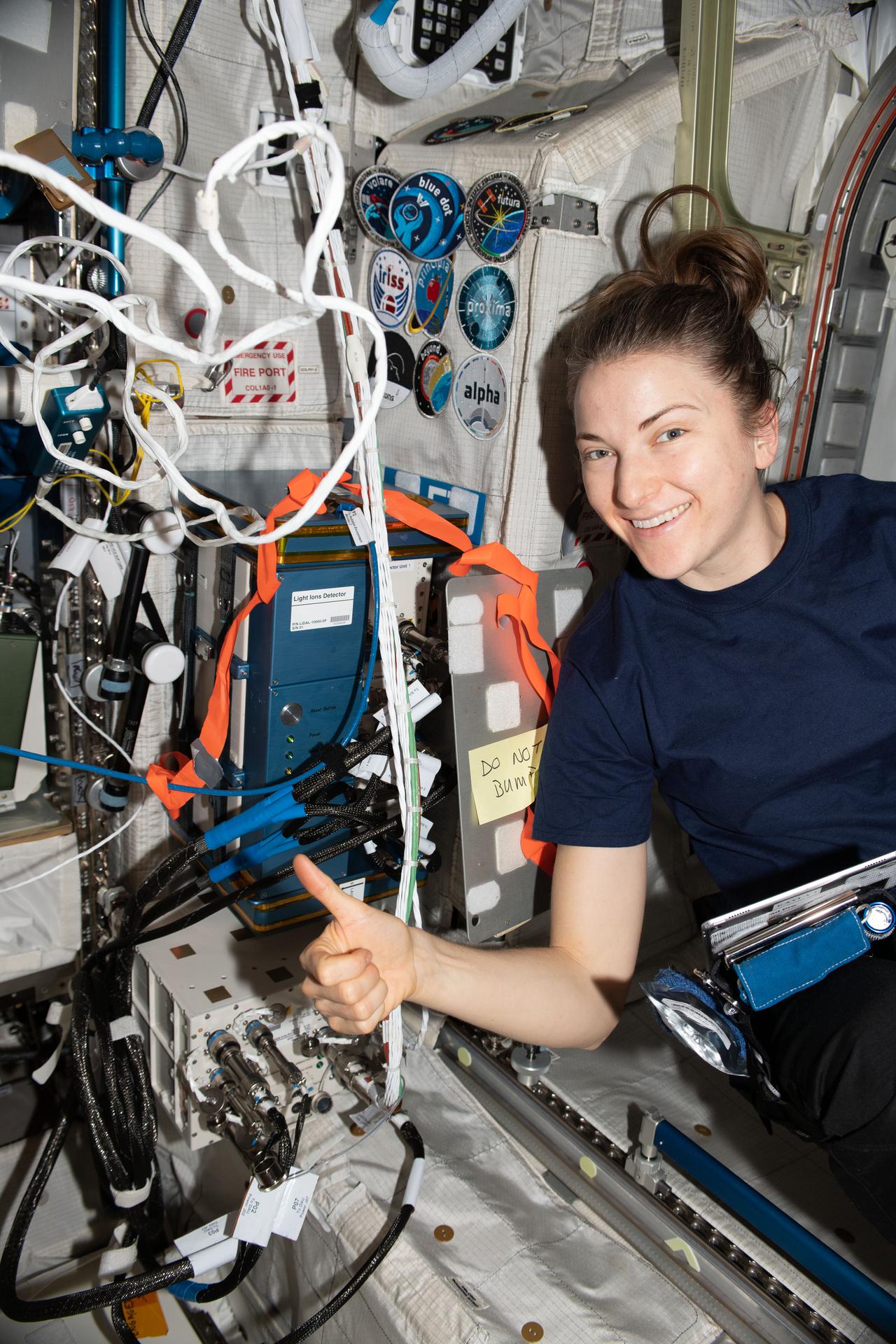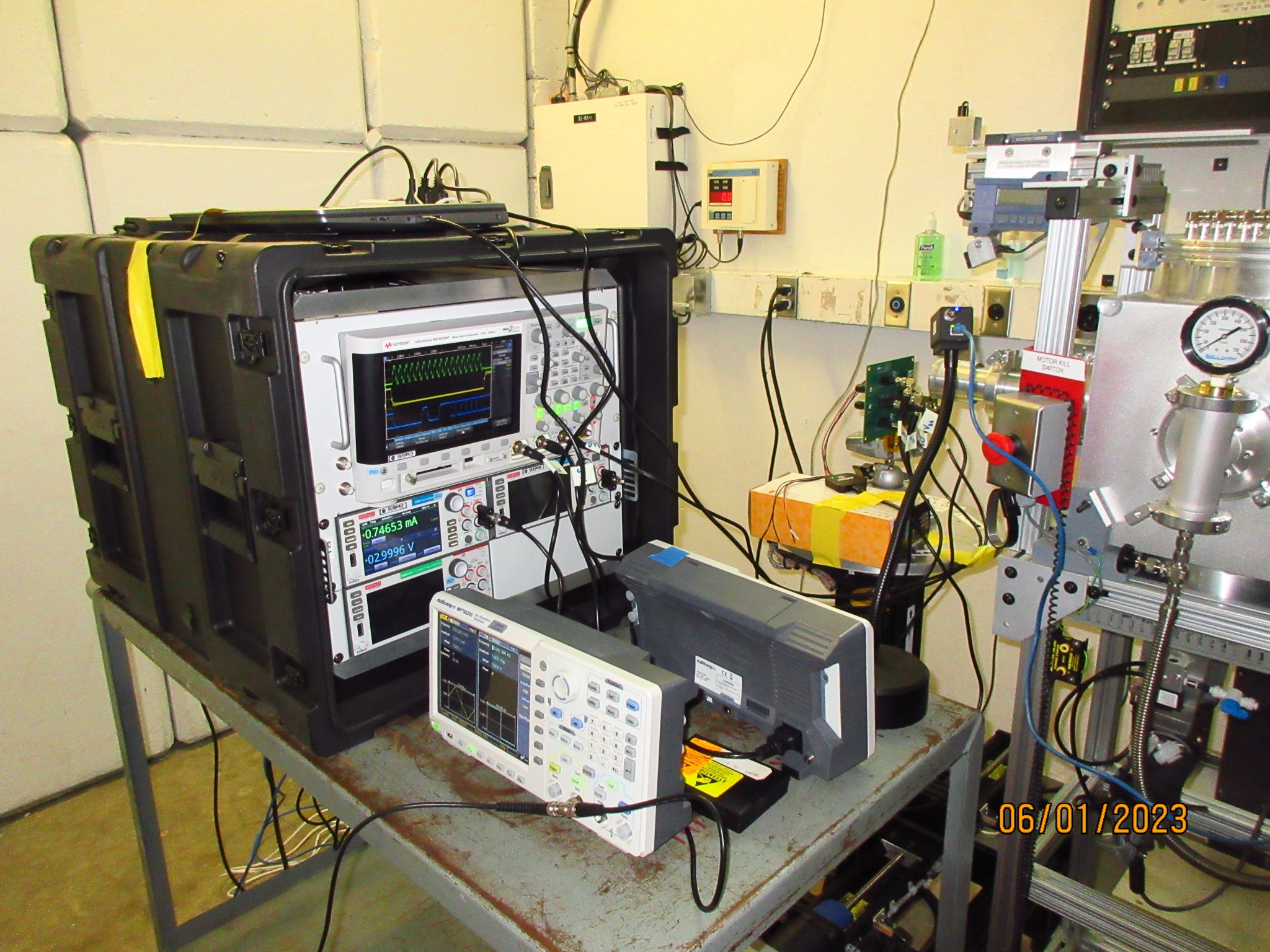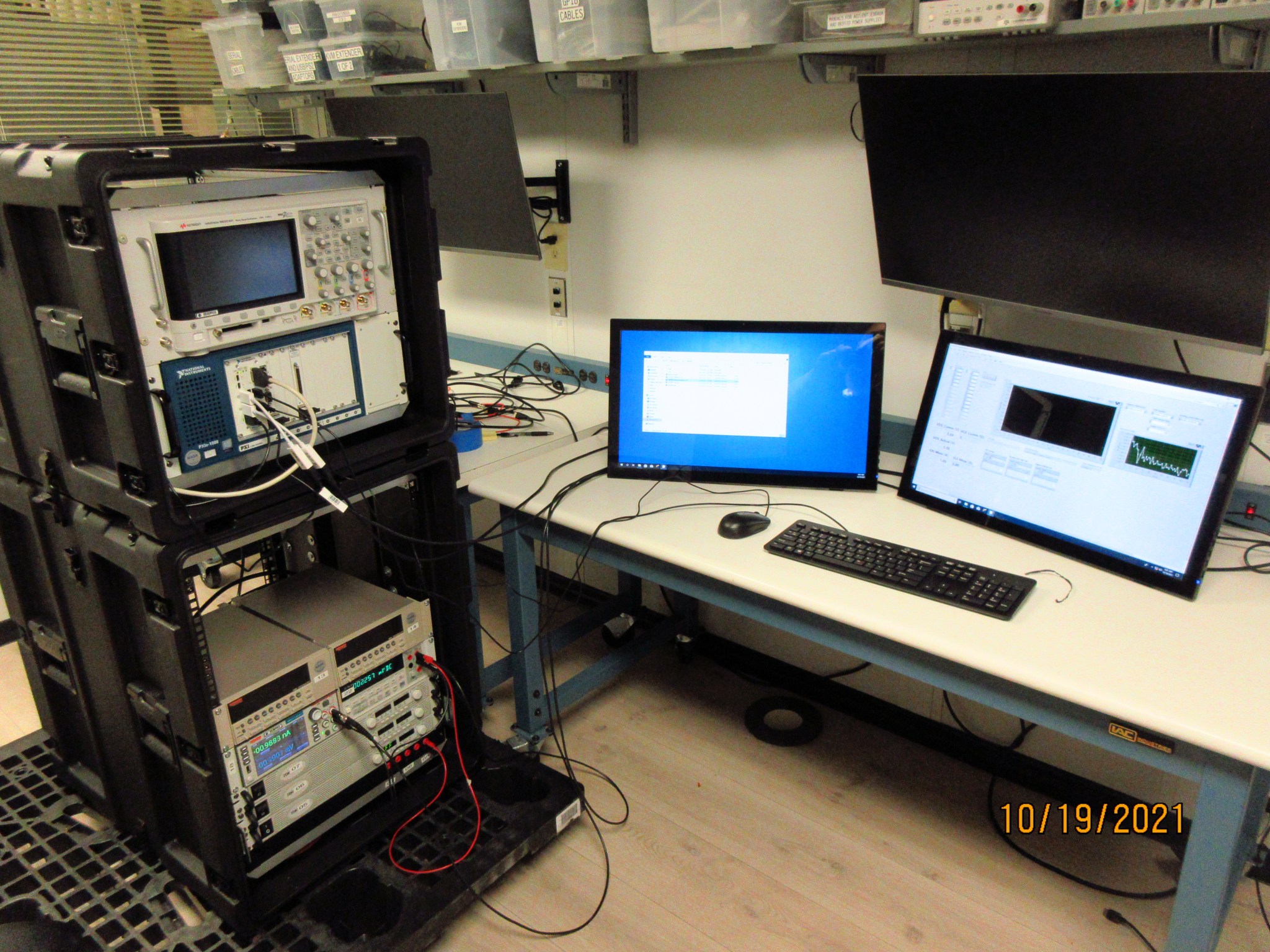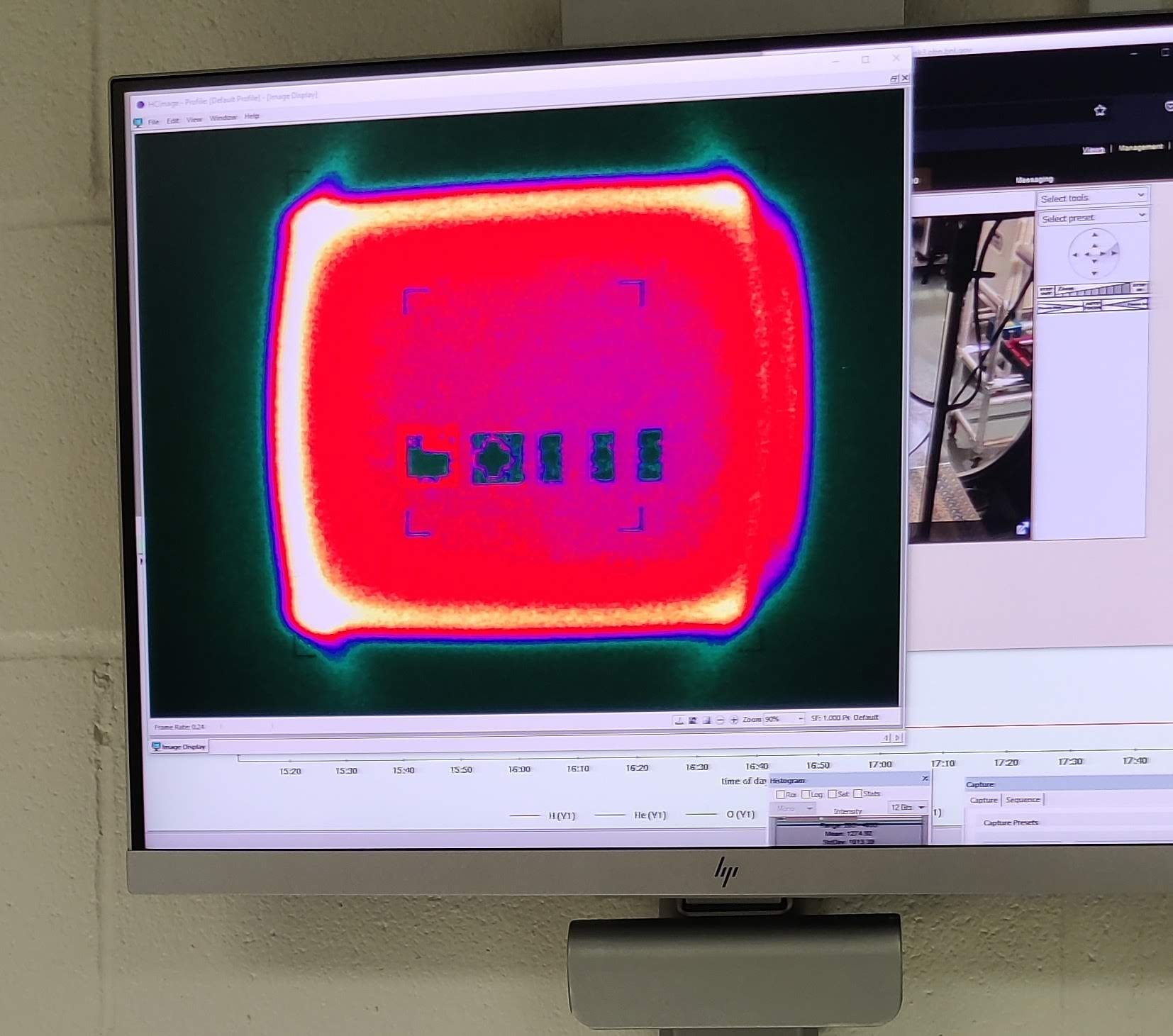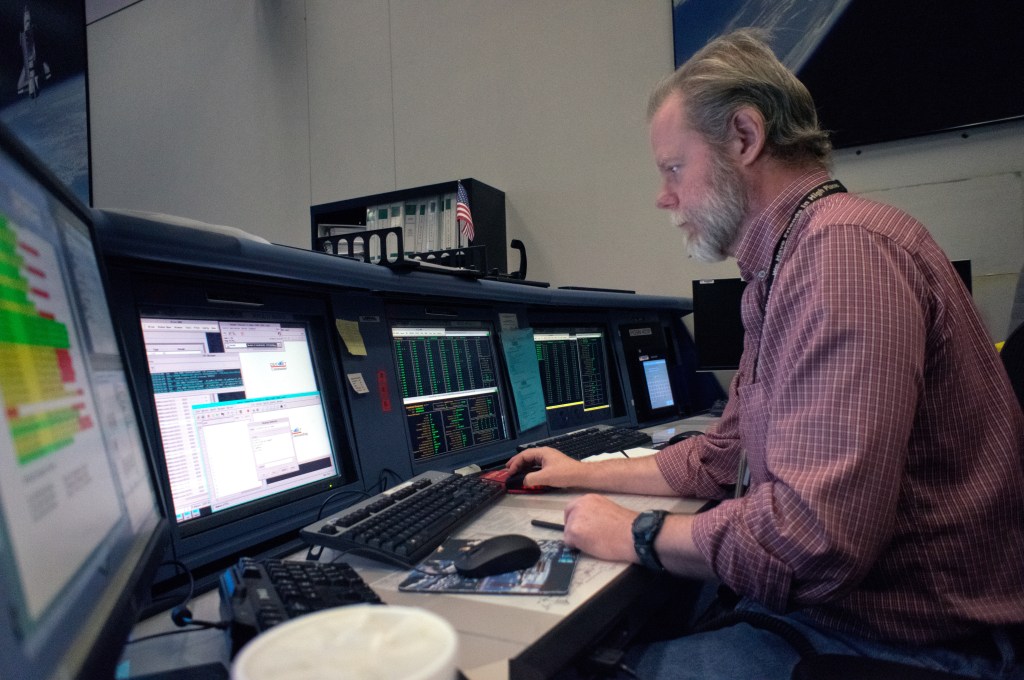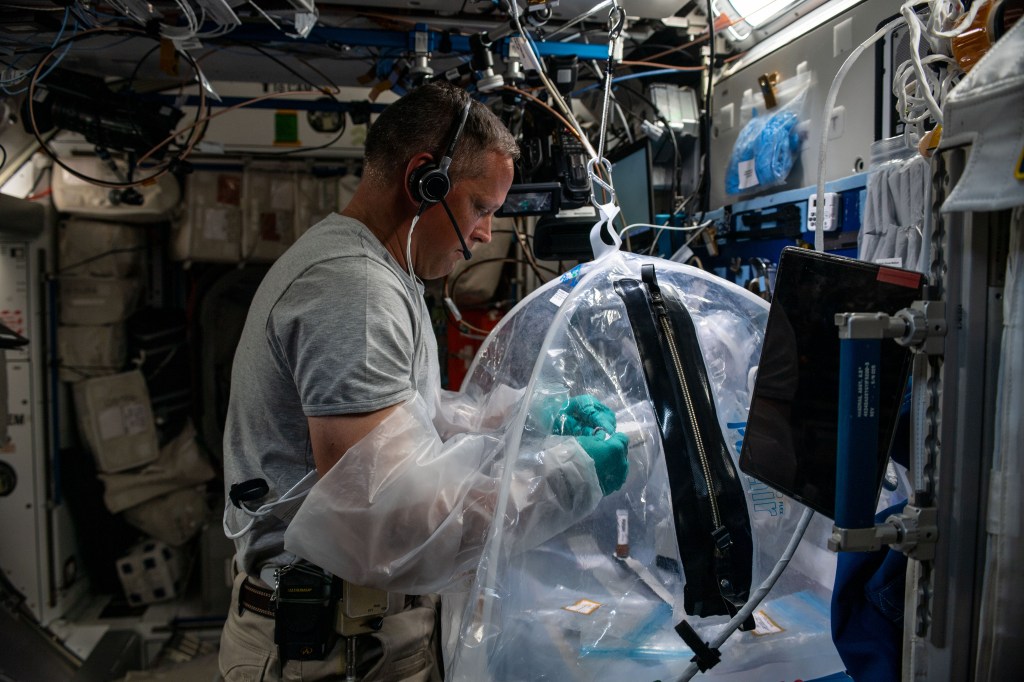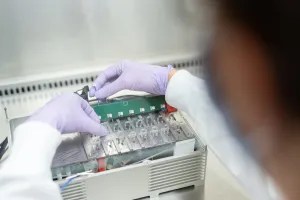Radiation
Johnson Space Center (JSC), a world leader in human spaceflight, possesses unique knowledge, skills, and capabilities in radiation that can be applied to solving human health and performance challenges in space and here on earth. JSC’s physics, simulation and radiobiology tools allow experts to perform vehicle design and complex shielding assessments in different environments, develop shelter/shielding methods and optimization as well as predict and assess the biological effects of space radiation exposures. Our Radiation Biology Laboratory plays a pivotal role in understanding and addressing the impact of space radiation on astronauts during extended space missions. With expertise in console monitoring, radiation testing logistics, and radiation monitoring and measurements, JSC ensures the safety of human spaceflight operations. This includes round-the-clock solar radiation environment monitoring, active and passive radiation detectors, and the utilization of the International Space Station (ISS) for the development and certification of future exploration-class instrumentation, marking a significant step towards high-fidelity measurements in space exploration. We invite our partners to leverage our expertise in radiation, which is crucial for ensuring the safety and health of astronauts during space missions, offering comprehensive solutions to mitigate the risks associated with extended exposure beyond Earth’s protective atmosphere.
Radiation Biology Laboratory
The Johnson Space Center (JSC) Radiation Biology Laboratory provides analysis of cellular and molecular damages in astronauts due to space radiation exposure after long-duration space missions.
- Perform fluorescence microscopy
- Perform gamma irradiation
- Perform analysis of DNA damage including chromosome aberrations RNA/DNA isolation techniques
- Perform quantitative polymerase chain reaction
Radiation Monitoring, Protection and Exposure Analysis
The Space Radiation Analysis Group (SRAG) offers many unique capabilities at the intersection of technology development, data analysis, statistics, information technology, health care, and radiation safety. It deals with the resources, devices, and methods required to predict, monitor, and minimize crew radiation exposure.
Console Monitoring and Support
Johnson Space Center (JSC) has more than 50 years of operational spaceflight experience and provides round-the-clock solar radiation environment monitoring for human spaceflight operations support. SRAG also routinely participates in flight rule development; alert warning systems integration; and space weather forecast modeling. These four capabilities will help JSC ensure safe human spaceflight operations in the upcoming exploration missions beyond Low Earth Orbit.
Radiation Testing and Logistics
JSC routinely coordinates and conducts radiation instrument measurements at various medical and accelerator facilities around the world. These measurements are used for instrument calibration, algorithm development, requirements verification, and multi-instrument comparisons.
Radiation Monitoring and Measurements
JSC has unique expertise and capabilities to assess extreme environment operations, dosimetry, radiation environment measurements, and design and shielding analyses with a very strong reliance on information technology as well as leveraging technology development in radiation detection. JSC offers personal radiation exposure monitoring using personal active detectors. JSC also performs intra- and extra-vehicular radiation environment monitoring and characterization using many passive and active detectors (ranging from micro-dosimeters to charged/neutral particle spectrometers). Currently, JSC is utilizing the International Space Station (ISS) as a development/ certification testbed for future exploration-class instrumentation that will enable high fidelity measurements in simultaneous low mass/low power configurations.
Avionics Radiation Hardness Assurance
Space radiation poses a threat to electronics that are deployed in the space environment. Ionizing radiation consists of energetic charged particles – protons and heavy ions – which are subject to different physics than most common terrestrial radiation sources. These particles naturally occur in galactic cosmic rays, solar particle events, and as trapped radiation in planetary magnetic fields. Interaction with these charged particles can cause a variety of detrimental effects in electronics, ranging from performance degradation, impaired system functionality, or reduced system availability to destructive or other permanent non-recoverable effects, which can result in loss of mission. Radiation effects on electronics include Single-Event Effects (SEE), Total Ionizing Dose (TID), and Total Non-Ionizing Dose (TNID). Any electronic system with active integrated circuit components is potentially vulnerable and must consider the effects of space radiation to manage risk and ensure mission success.
Radiation Hardness Assurance (RHA) is an iterative process to assess radiation threats, provide information required to mitigate the associated risks, develop mitigation at multiple levels including hardware, software, and operational to ensure that the availability and reliability requirements are met, and identify/bound any residual risk. Consideration for RHA of electronic systems on space vehicles early in the design process allows for the most efficient and successful integration of RHA with the program or project.
The JSC Ionizing Radiation Effects group provides RHA subject matter expertise to all JSC human space flight programs and projects, including:
- Insight/oversight of contractor RHA activities
- In-line RHA engineering for Government-furnished equipment (GFE)
- Requirements and environments definition, radiation Electrical, Electronic, Electromechanical, and Electro-Optical (EEEE) part selection and design support, single-event effect criticality analysis (SEECA), radiation analysis documentation, design milestone and requirements verification support, etc.
- Proton SEE testing of electronic components (at external facilities, e.g., Loma Linda University Cyclotron Facility LLUMC, Massachusetts General Hospital (MGH)
- Heavy ion SEE testing of electronic components (at external facilities, e.g., Texas A&M University Cyclotron Facility TAMU, Brookhaven National Lab BNL, NASA Space Radiation Laboratory (NSRL)
- Pulsed laser SEE testing at JSC’s LASer SEE Lab (LASSEE) (in development)
- Chair of the NASA JSC Ionizing Radiation Panel (IRP)
- Owner of the NASA JSC RHA Standard https://ntrs.nasa.gov/citations/20230013399
Related Software
Acute Radiation Risk and BRYNTRN Organ Dose (ARRBOD) version 2.1
Badhwar-O’Neill 2020 Galactic Cosmic Ray Model (BON2020) v2.3
GCR Event-Based Risk Model (GERMCode) Code
HemoDose Software, Version 2.0
NASA Space Radiation Cancer Risk (NSCR) Model 2012
Single Board Computer System Monitoring Software for Radiation Testing

